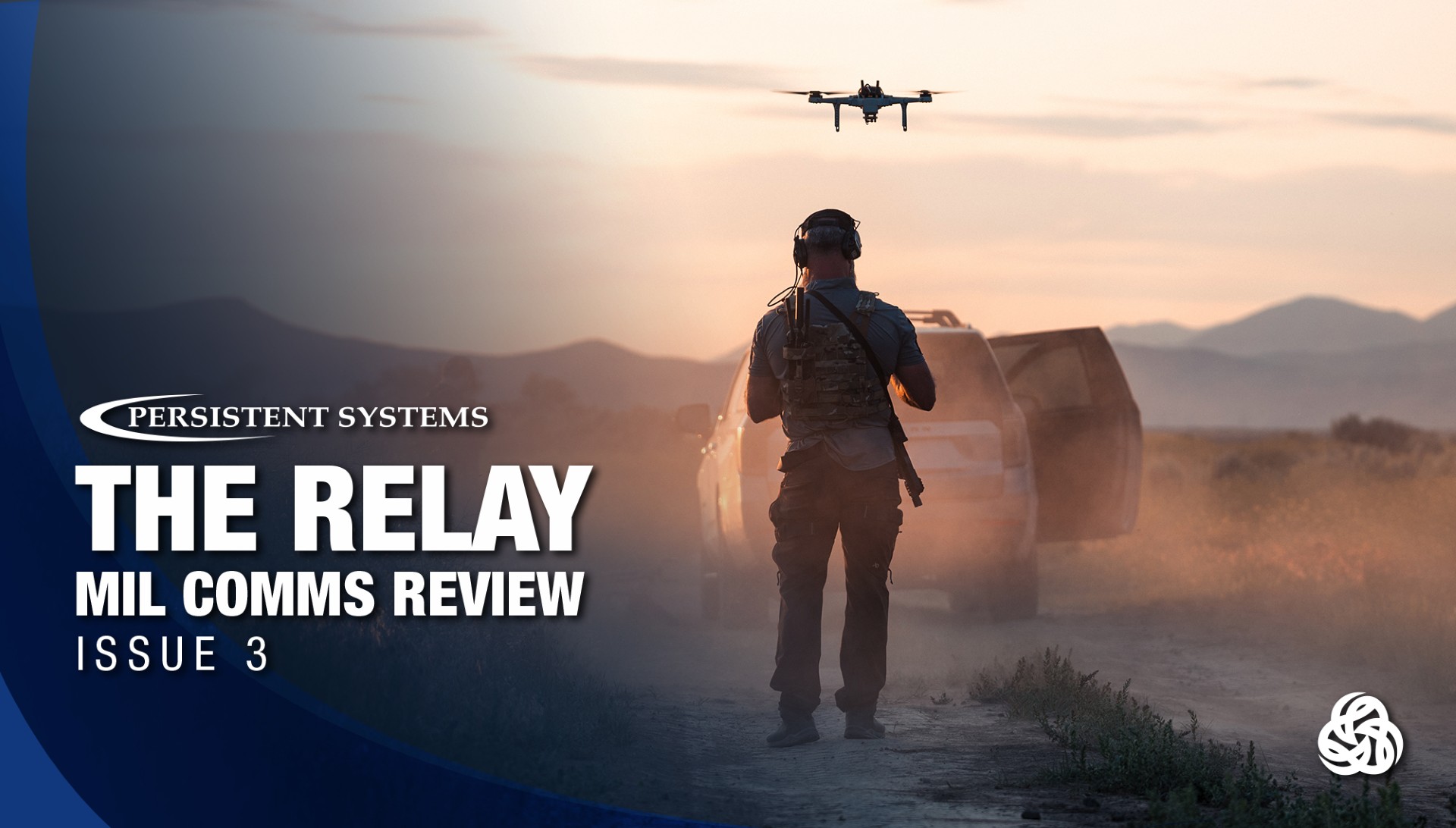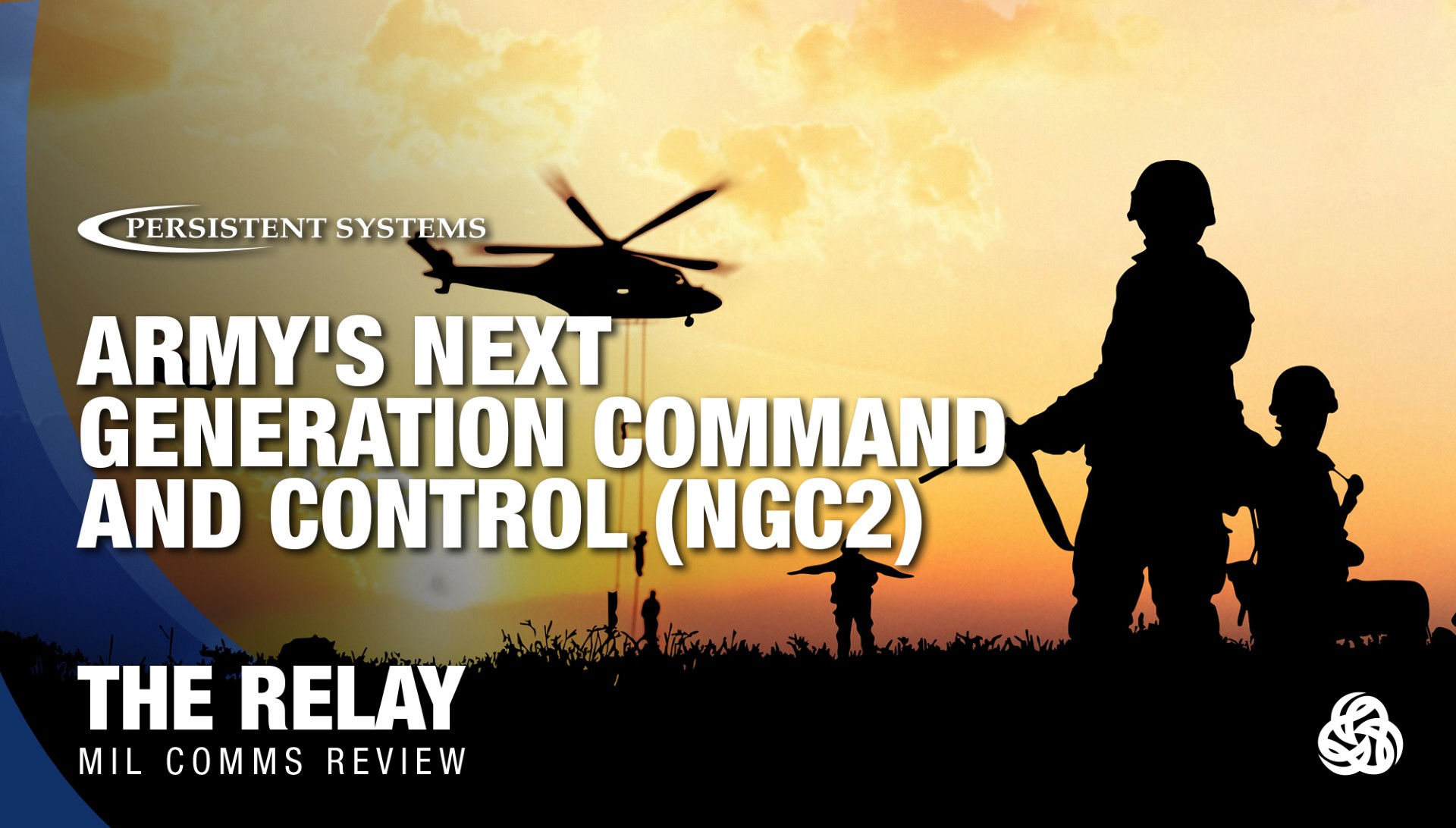Army Seeks Miniature Aircraft for Counter-UAS
To say that the U.S. Army is concerned about drone attacks is an understatement. Even before the advent of drone swarms and the sort of attacks we’re seeing in Ukraine, the U.S. Army was already looking for ways to take out enemy Unmanned Aircraft Systems (UAS)—be it with guns, RF jamming, or some other non-kinetic method.
Writing in Sandboxx, Hope Seck says the Army’s Rapid Capabilities and Critical Technologies Office has just issued an RFI asking companies to provide it with information about small, soldier-borne flying interceptors capable of taking out Class 1-3 drones.
Companies that respond should be able to develop their Counter-UAS solution within 27 months and deliver up to 1,000 units per month during production phase. The RCCTO also wants the interceptor technologies to integrate with government equipment, evolve quickly when necessary, and work with U.S.-based supply chains.
To facilitate all this, the DoD, according to the text of the RFI, will provide the counter-drone munition as well as “Warfighter Machine interface reference hardware, software and architectures, in accordance with (IAW) Nett Warrior (NW) and the future Soldier Borne Mission Command (SBMC) program specifications…”
Joint effort to test new counter-UAS solutions
Keeping with the C-UAS theme, U.S. and U.K. army units just took part in Project Flytrap 4.0, a joint exercise hosted by Poland. The purpose of Flytrap was to test new anti-drone capabilities, to better prepare the U.S. and our allies for the modern battlefield.
Reporting for DefenseScoop, Marc Pomerleau writes that the Army’s C5ISR Center supported Flytrap with the development of a command-and-control architecture that could tie together sensors, individual soldiers, foreign partners, and C-UAS defenses.
“The C5ISR Center began by looking at best-of-breed sensors and working to link them up through a command-and-control architecture through the Army’s Android Tactical Assault Kit, or ATAK, where data from the sensors were shared across the force,” Pomerleau notes.
The idea was to not just network static sensors and effectors, but to have them working together on the move. That required a lot of software integration and real-time fixes on the part of the C5ISR Center. It also affected how acoustic sensors were deployed.
Thoughts on Counter-UAS efforts
Now, to be completely transparent, I tend to deal with C-UAS solutions in a professional capacity—but on the U.S. Air Force side of the house. Still, the drone threat extends across the DoD, so a lot of what is being discussed in these articles with the Army is familiar to me.
For instance, we’re all dealing with a new technology, especially drone swarms, that can disrupt battlefield operations. To meet this threat, the U.S. armed services have been coming up with a variety of kinetic and non-kinetic weapons. And often these C-UAS are deployed in a mix, as part of a layered defense.
However, the issue I’ve seen—and this is why the article on Project Flytrap 4.0, with its message of effective collaboration, especially resonated with me—is that not enough thought is spent on the glue that’s supposed to hold together your mix of sensors and C-UAS systems.
On a dynamic battlefield, loading everything on one or two towers and then digging trenches for fiber lines or CAT6 cables just won’t work. You need to be mobile; you need to be distributed.
To that end, you need high data rates and low latency. You need interoperable systems (even when sourced from different contractors). You need software to tie all those systems together and provide defenders with a unified operating picture. You need enough people to sort through possible targets or computer vision machines to reduce the cognitive burden. You need a simple, distributed push-button response mechanism for emerging threats.
How the Army (and everyone else) ultimately advances on these fronts remains to be seen. But from what I’ve seen, we have only just begun to move in the right direction.
###
Tom Jennings is the Director of Business Development, Air Force at Persistent Systems, LLC, a leading defense tech company providing mobile ad hoc networking solutions to the military, first responder, government, and commercial markets.




